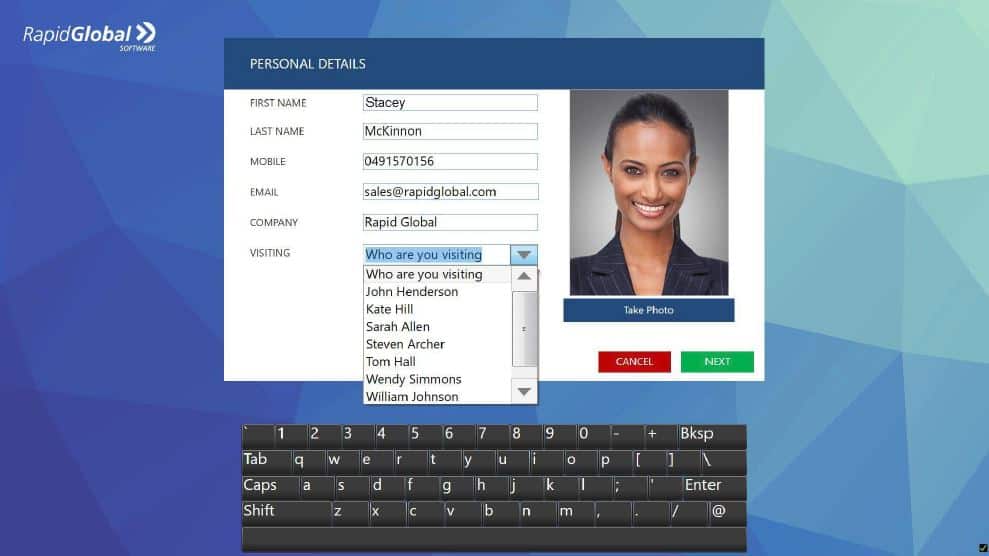How to integrate LDAP server with Rapid Access
Tired of manually updating the Host List on your Rapid Access system? At Rapid Global, one of the many integrations we offer is the ability to integrate your Rapid Access terminal’s Host List with your LDAP server (such as Microsoft Active Directory or Open LDAP).
WHAT IS A LDAP SERVER?
LDAP (Lightweight Internet Directory Protocol) is an Internet Protocol which programs and services such as email use to look up information from a separate server. An LDAP server is a central location where contact information about your users is stored. An LDAP server is particularly useful for medium-to-large businesses because it can be used to efficiently store and update contact information about employees. By having an LDAP server, it provides a streamlined and simplified method for employees to retrieve contact details (such as staff email addresses) from applications like Outlook which support these servers.
BENEFITS OF INTEGRATING YOUR LDAP SERVER WITH YOUR RAPID ACCESS TERMINAL

Enhanced user experience: Your administrators won’t have to manually update the Host List with your employees’ contact details because this information will synchronise with your LDAP server automatically.
Enhanced security: By integrating your LDAP server with your Rapid Access Terminal(s), fewer people will be required to have access to your Rapid system, thus creating a more controlled and secure environment.
TECHNICAL INFORMATION
What type of API do you have? We utilise a RESTful API.
What format does your API accept? We support the JSON data format.
What HTTP methods does your API support? POST
AUTHENTICATION REQUIREMENTS
When using our API, your application will have access to your Rapid system’s data on behalf of your users or integrated software platforms. As a result, each user or application that needs to access data from your Rapid system will be required to authenticate themselves to verify their identity. This is to ensure and to protect the integrity of your data.
Auth 2.0 is the protocol used for authentication. Applications are required to pass their login credentials in order to generate a Bearer Token which is then used in subsequent requests.
TYPES OF RESPONSE CODES THE API WILL RETURN
We return HTTP Status codes including:
- 200 Success (Request was successful – may include response body)
- 400 – Bad Request (malformed or missing data)
- 401 – Unauthorised (need a token or username/password is incorrect)
- 404 – Not Found (URL is incorrect or unable to find requested resource – i.e. the Work Order ID doesn’t
- 500 – Internal Server Error (something went wrong on our side)
For more details or pricing information, please contact our team.